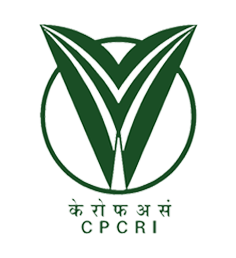

Arecanut Mite - Advisory Leaflet
Mite infestation is common on small arecanut seedlings in summer. Especially, it is more affected in plantations with poor management of water and shade. However, it has recently been affecting adult palms as well. The incidence of this pest increases during summer and decreases during rainy season.
Symptoms of Pest Incidence
A mite is very small in size and difficult to recognise easily with the naked eyes. The white coloured pests are hidden underneath white webs and suck the sap. So, if a white colored web on the bottom side of arecanut leaflet is rubbed with the fingertips, red color sticks to the fingertip, it can be identified as a mite infestation.
Management
Providing other nutrients including potassium, watering and providing shade to the plants is helpful in preventing mite infestation.
Arecanut saplings and palm leaves should be properly observed during February - May. Identifying the mite pest at the initial stage, spraying neem oil + soap or neem seed product (NSKE 10,000 ppm) at the rate of 5ml per liter of water or wettable sulfur powder at the rate of 2gm per liter of water on the underside of the leaf is recommended. These are safe to use.
Ad-hoc recommendation
In case of severe infestation, spiromecifen or Propargite or Fenaquin miticide can be sprayed at the lower sides of the leaf at the rate of one ml per liter of water.
Ecological engineering
More than six beneficial insects control mites including Coccinellid beetle, Amblyseius (predatory mite), predatory thrips. Hence, any pesticide should be sprayed in the nut plantation only when absolutely necessary.
-Director, ICAR-CPCRI, Kasaragod
Arecanut Mite - Advisory Leaflet - Kannada